The news about a $2000 Federal Direct Deposit landing in Americans’ bank accounts this November has sparked both hope and curiosity. With living costs continuing to climb and inflation still biting into monthly budgets, a direct cash relief like this could not come at a better time. For many, this payment might just be the financial breather they have been waiting for all year.
If you are wondering how the $2000 Federal Direct Deposit works, who qualifies, and when you might see it in your account, you are in the right place. This guide breaks down everything in plain language, so you know exactly what to expect and how to make sure you receive your payment without any hiccups.
$2000 Federal Direct Deposit in November 2025
The $2000 Federal Direct Deposit is a targeted financial relief effort launched by the federal government to support U.S. residents dealing with rising living costs, including food, housing, and healthcare expenses. Although not officially called a stimulus check, it serves a similar purpose—providing direct cash assistance to individuals and families in financial need. Managed by the Internal Revenue Service, the payment will be distributed automatically using the most recent 2024 tax return or existing federal benefit records. No separate application is required, but it is essential to ensure your IRS records, including bank account and mailing address, are current. The first wave of payments is scheduled to be issued between November 10 and November 21, 2025, with checks and debit cards following shortly after.
Overview Table: $2000 Federal Direct Deposit at a Glance
| Topic | Details |
| Payment Amount | $2,000 per eligible individual |
| Distribution Start Date | November 10 to November 21, 2025 |
| Paper Checks Begin Mailing | Around November 25, 2025 |
| Eligible Income for Single Filers | Under $75,000 annually |
| Married Couples Limit | Up to $150,000 combined annual income |
| Head of Household Limit | Up to $112,500 annually |
| Includes Benefit Recipients | Yes, Social Security, SSI, SSDI, VA recipients included |
| Application Required | No application needed; automatic payment via IRS records |
| Payment Method | Direct deposit, paper check, or EIP debit card |
| Taxable Status | Non-taxable; does not affect federal benefit amounts |
What is the $2,000 Direct Deposit Program?
The $2,000 direct deposit program is a financial support plan designed for individuals and families facing economic pressure from rising costs. It is part of the federal government’s effort to provide stability as inflation continues to impact daily life. This payment is not just another stimulus check from the pandemic era; it is a targeted form of relief intended for those who need financial help now.
The key difference here is the timing and the audience. The focus is on people with lower or moderate incomes, as well as seniors and veterans who rely heavily on fixed monthly benefits. With no need to apply and no hidden catches, the $2000 Federal Direct Deposit offers a straightforward way to get financial help into homes before the end-of-year expenses pile up.
Who is Eligible for the $2,000 Payment?
Eligibility for the $2000 Federal Direct Deposit depends mainly on your 2024 income and how you file your taxes. Based on recent updates, the expected qualification details are as follows:
- Single individuals earning under $75,000 annually will receive the full $2,000.
- Married couples who file jointly must earn less than $150,000 combined.
- Heads of households are eligible if they earn below $112,500 per year.
- Social Security beneficiaries, veterans, and individuals receiving SSI or SSDI are also included.
- Those earning slightly above the thresholds may receive a reduced amount.
- Families with dependents may be eligible for additional funds depending on household size.
If you fall into any of these categories, and your information is current with the IRS, you will likely receive the payment automatically.
When will payments arrive?
The Internal Revenue Service has confirmed that the $2000 Federal Direct Deposit rollout will start between November 10 and November 21, 2025. Direct deposits will hit bank accounts first, followed by paper checks and debit cards later in the month.
- Direct deposit recipients can expect funds as early as November 10.
- Paper checks will be mailed out starting November 25 and may take up to two weeks to arrive.
- EIP debit cards will be sent to a small group of recipients, typically those without a bank account on file.
It is important to note that holidays or weekends may cause slight delays in delivery or processing times.
How will you receive a $2,000 direct deposit?
The method of receiving your payment depends on how you last interacted with the IRS or received your federal benefits:
- If you filed taxes electronically and included your bank information, your payment will go directly into your account.
- If no bank information is available, the IRS will mail you a check.
- Some individuals may receive a prepaid EIP debit card if they have no banking details or require alternative delivery.
To make sure you receive your payment without problems, log into your IRS online account and verify that your direct deposit and mailing address details are up-to-date.
IRS Instructions for Recipients
The IRS has made it clear that no new application is needed for this round of payments. However, recipients are encouraged to take the following steps to avoid issues:
- File your 2024 tax return if you have not already done so.
- Update your direct deposit information through the IRS “Get My Payment” tool once it reopens.
- Check IRS.gov for the latest updates and timelines.
- Be cautious of scams. The IRS never contacts people via text, email, or phone asking for bank details or Social Security numbers.
- If you have moved recently or changed banks, update your records before the end of October 2025.
Why this payment is important
The $2000 Federal Direct Deposit is more than a temporary fix; it is a much-needed lifeline for families and individuals navigating economic challenges. With food, housing, and medical costs continuing to rise, this payment provides a cushion to help Americans stay afloat.
For seniors living on fixed incomes, for parents juggling multiple jobs, and for veterans managing on limited benefits, this direct deposit is timely support. It also comes at a critical point in the year, just before the holiday season, when expenses tend to increase.
FAQs
Most payments are expected between November 10 and November 21, 2025. Paper checks will begin mailing around November 25.
No. Payments will be sent automatically based on your 2024 tax return or federal benefits records.
Yes. The IRS will automatically send the payment to eligible recipients of Social Security, SSI, SSDI, and VA benefits.
If you receive federal benefits, you will still likely qualify. Otherwise, file a simple return to ensure the IRS has your information.
No. It is not taxable and will not affect your eligibility for federal benefits or other income-based programs.





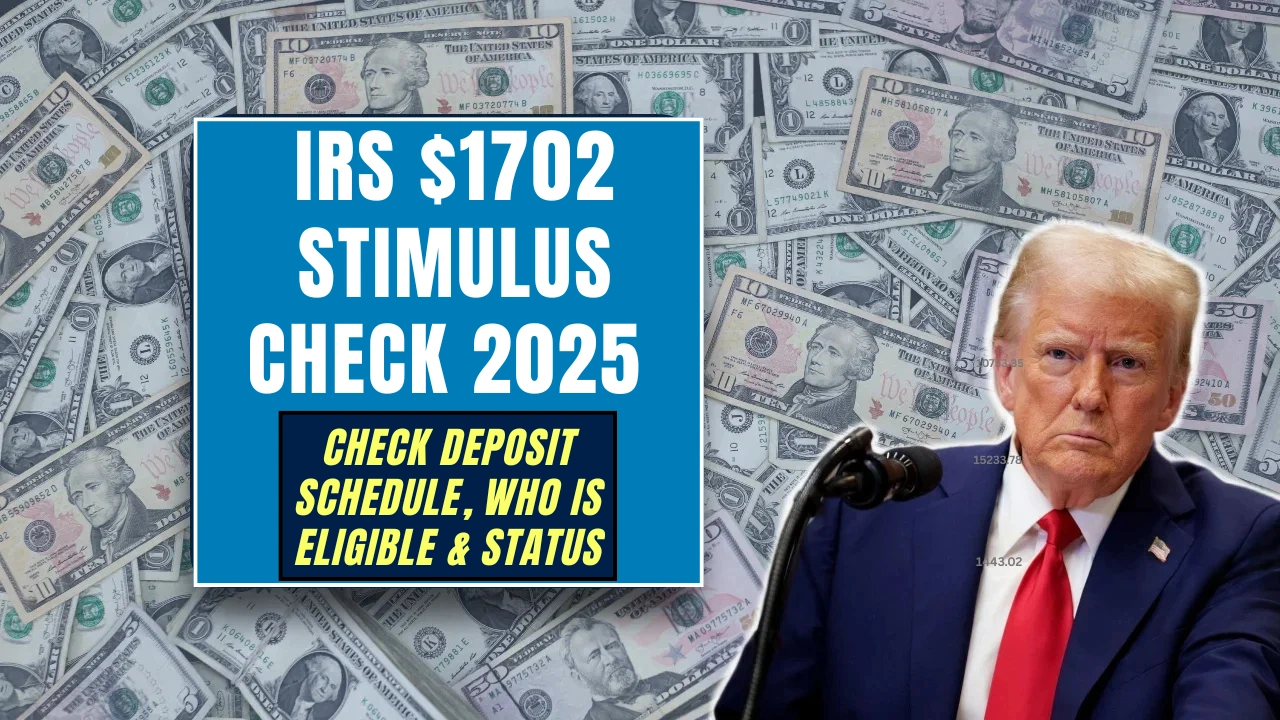
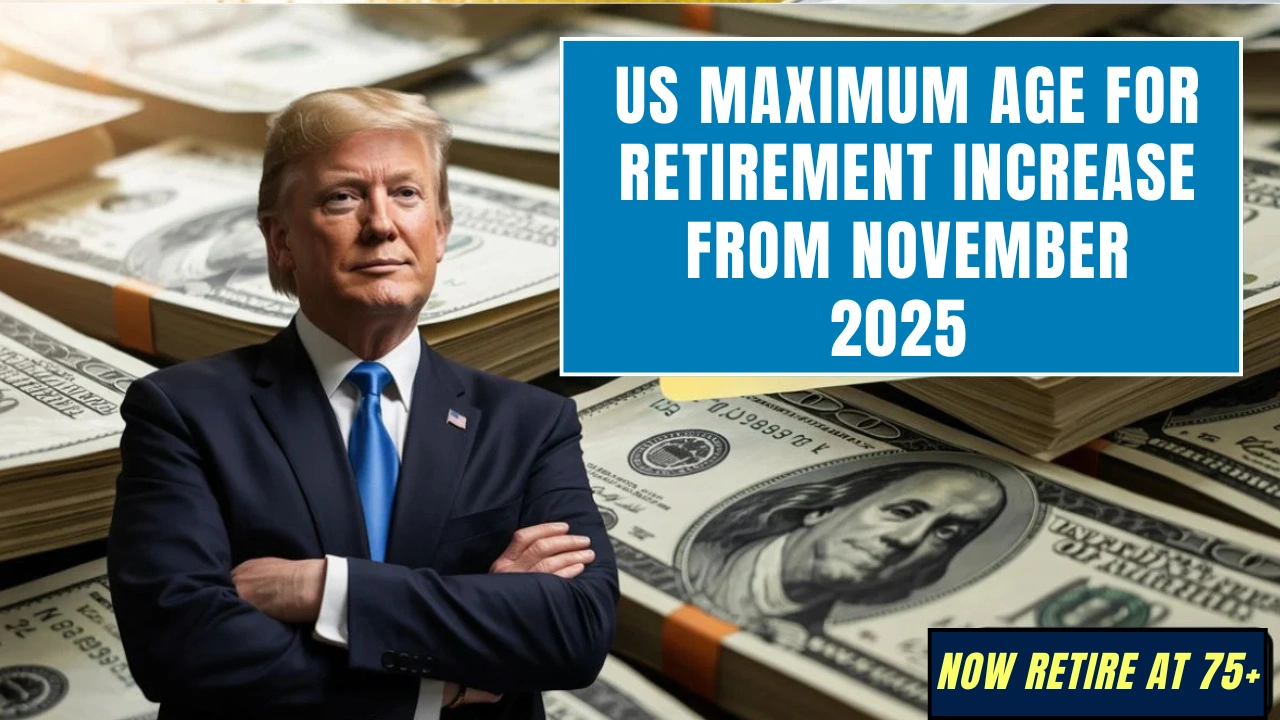
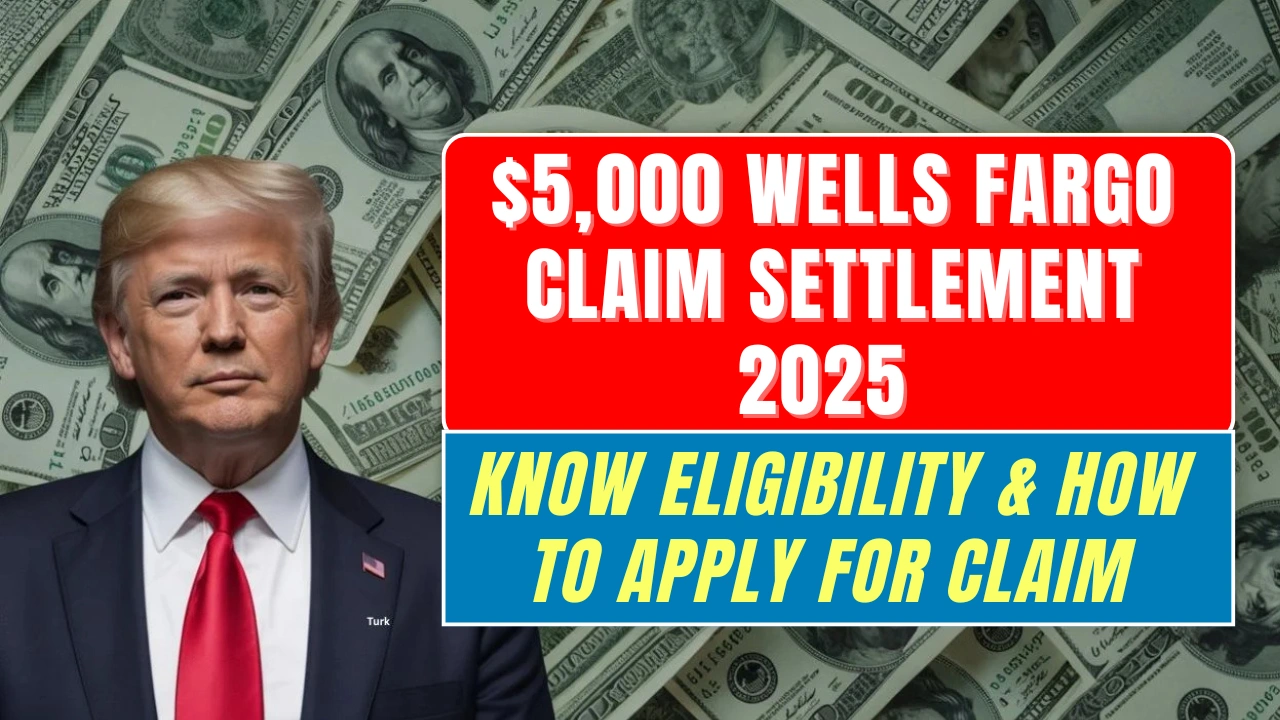
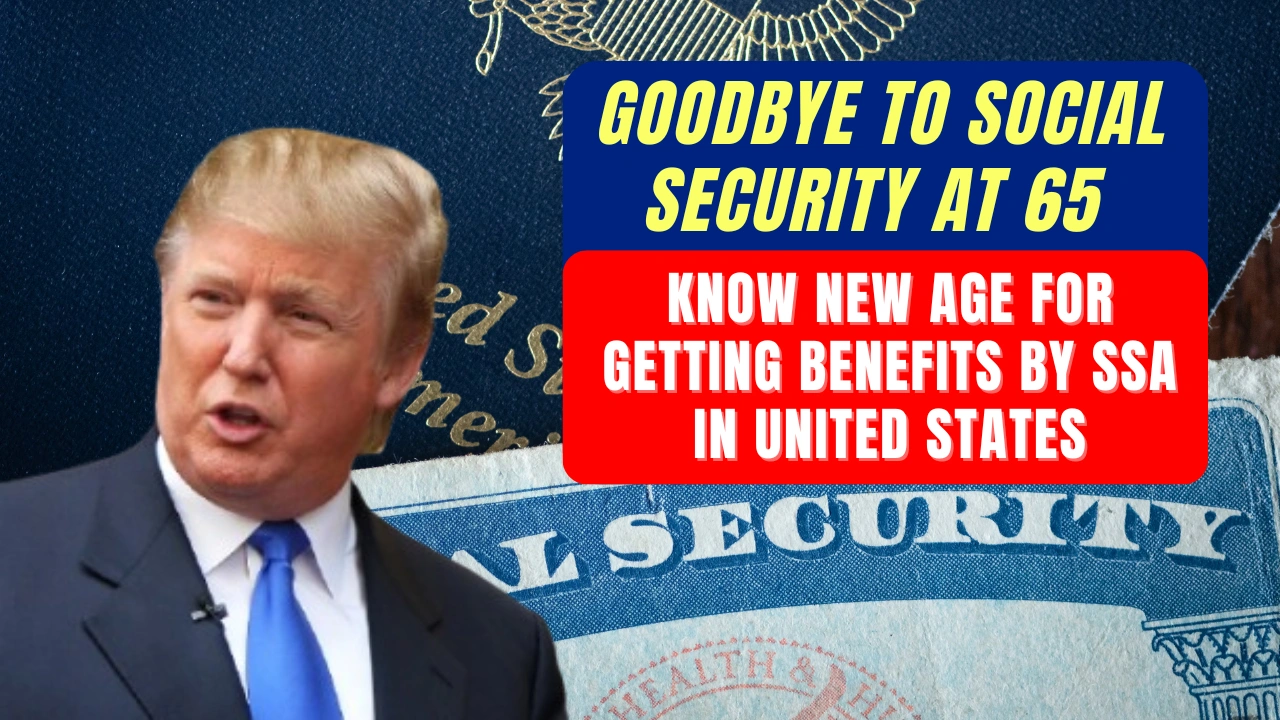

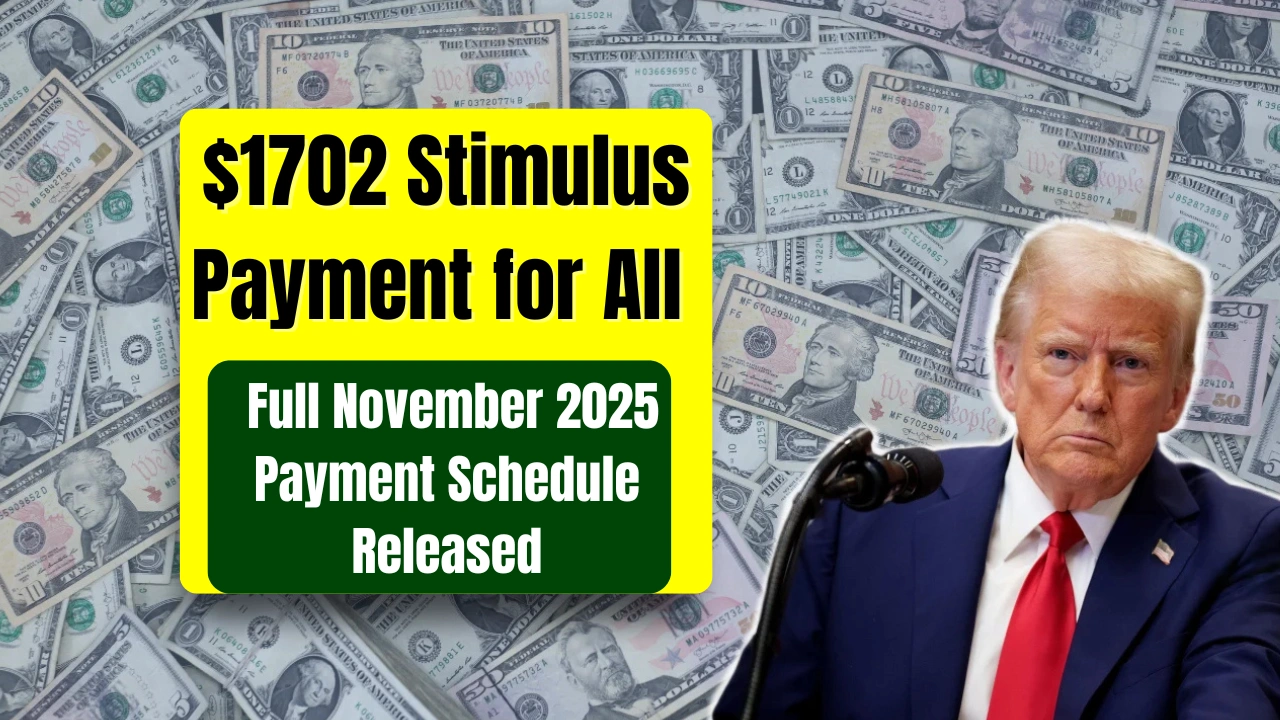

 Claim Here!
Claim Here!